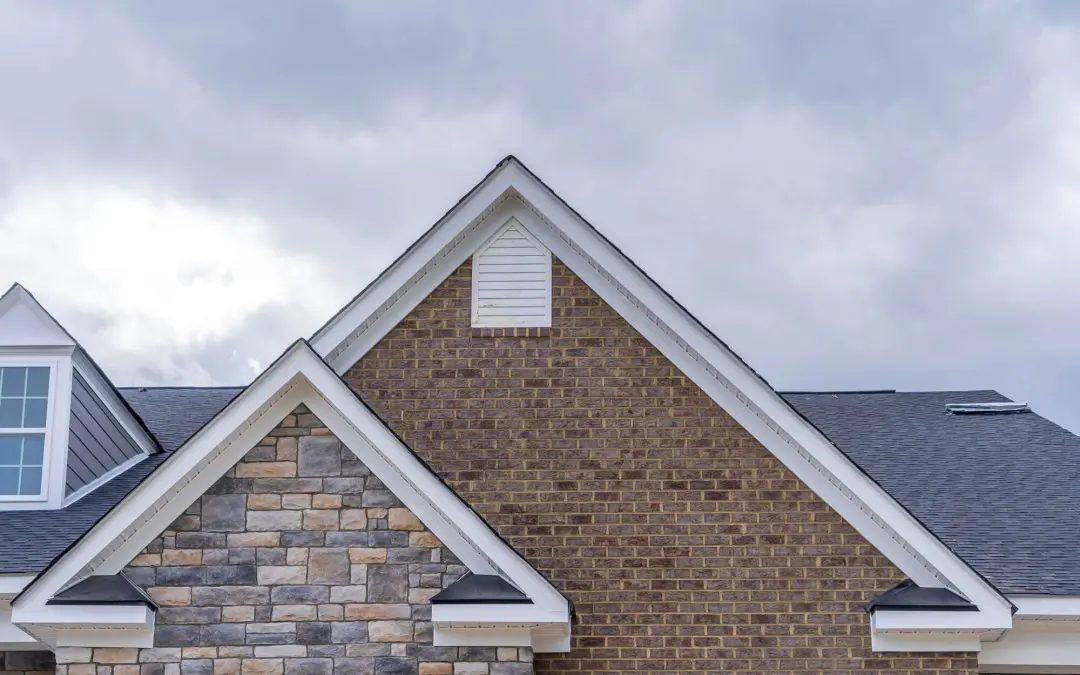Proper attic ventilation is crucial to maintaining a healthy, energy-efficient home. While often overlooked, the attic helps regulate your house’s temperature and moisture levels. Understanding how attic ventilation works and its importance can help avoid common issues like mold, ice dams, and high energy bills.
What is Attic Ventilation?
Attic ventilation involves air exchange between the attic and the outside environment. This process helps to expel warm, moist air from the attic and replace it with cooler, drier air. Ventilation can be achieved through a combination of intake vents (such as soffit vents) and exhaust vents (like ridge vents or gable vents).
Benefits of Proper Attic Ventilation
Temperature Regulation: Proper ventilation helps to maintain a stable temperature in your attic, preventing it from becoming excessively hot in the summer and too cold in the winter. This can reduce the strain on your HVAC system, leading to lower energy bills.
Moisture Control: Ventilation helps to remove moisture from the attic, which can otherwise lead to mold growth and wood rot. By keeping the attic dry, you protect the structural integrity of your home.
Ice Dam Prevention: In colder climates, proper ventilation can help prevent ice dams. Ice dams occur when warm air in the attic causes snow on the roof to melt and refreeze at the eaves. They can lead to roof damage and water leaks inside the home.
Signs of Poor Attic Ventilation
Understanding the signs of inadequate ventilation helps you address issues before they become major problems. Look out for the following indicators:
Excessive Heat: If your attic feels unusually hot in the summer, it may be a sign of insufficient ventilation.
Mold and Mildew: The smell or visible signs of mold or mildew in the attic or on the roof decking are clear signs that moisture is not being properly vented.
Rust: Rust on metal components in the attic, such as nails or light fixtures, can indicate high humidity levels.
Ice Dams: The frequent formation of ice dams in the winter indicates poor attic ventilation.
How to Improve Ventilation
Improving your ventilation can be a straightforward process. Here are some steps to consider:
Install Vents: Ensure your attic has a balance of intake and exhaust vents. Soffit vents allow cooler air to enter the attic, while ridge vents or gable vents allow warm air to escape.
Check Insulation: Proper insulation works hand-in-hand with ventilation. Ensure that your attic insulation is not blocking the vents, as this can impede airflow.
Regular Maintenance: Periodically inspect your attic for signs of ventilation issues. Clear obstructions from vents and repair damage promptly.
Professional Help
While some aspects of improving attic ventilation can be DIY projects, consulting with a professional is often beneficial. Home inspectors and contractors can assess your attic ventilation needs and recommend the best solutions for your home.
Ventilation is a vital component of home maintenance that can significantly impact your home’s energy efficiency, comfort, and structural integrity. By understanding the importance of proper ventilation and improving it, you can protect your home from common issues and enjoy a healthier home.
FAQs About Attic Ventilation
What is the ideal temperature range for an attic?
The ideal temperature for an attic should be within 10-15 degrees of the outside temperature. In the summer, it should not exceed 120 degrees Fahrenheit, and in the winter, it should remain close to the outdoor temperature to prevent ice dam formation.
What types of vents are most effective for ventilation?
Combining soffit vents for intake and ridge vents for exhaust is considered one of the most effective ventilation setups. This combination ensures a continuous flow of air through the attic space.
What are the energy savings benefits of good ventilation?
Suitable attic ventilation can lower energy bills by reducing the load on your HVAC system. A well-ventilated attic helps maintain a consistent temperature throughout your home, making heating and cooling more efficient.
Can insulation block ventilation?
Yes, insulation can block ventilation if it is not installed correctly. To allow for adequate airflow, keep insulation clear of vents. Baffles or rafter vents can be installed to ensure insulation does not obstruct air movement.
MN Pro Home Inspections offers inspections to customers in the Twin Cities and Western Wisconsin. Contact us to schedule our services.

